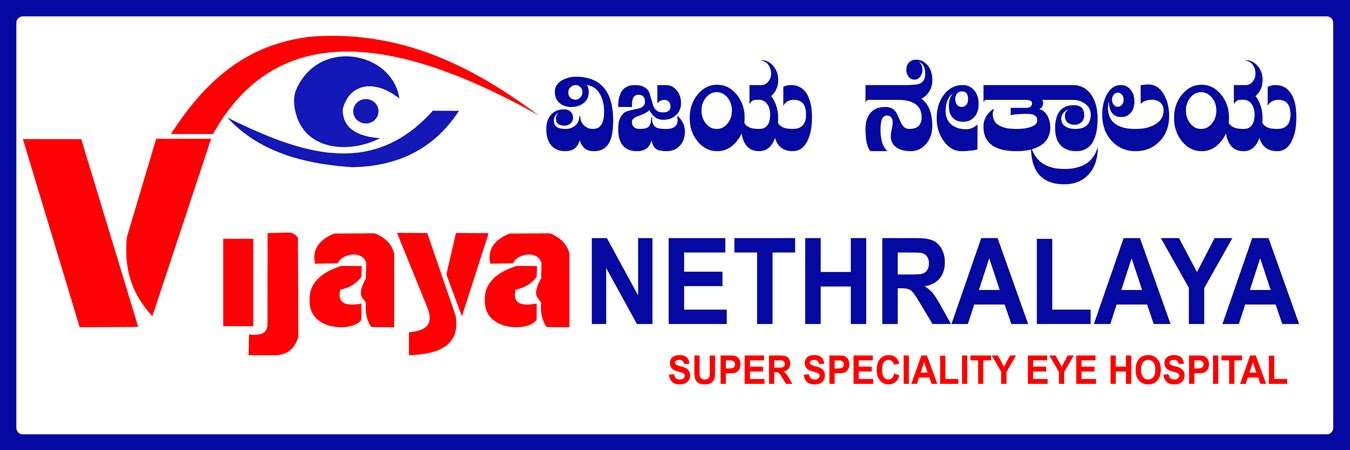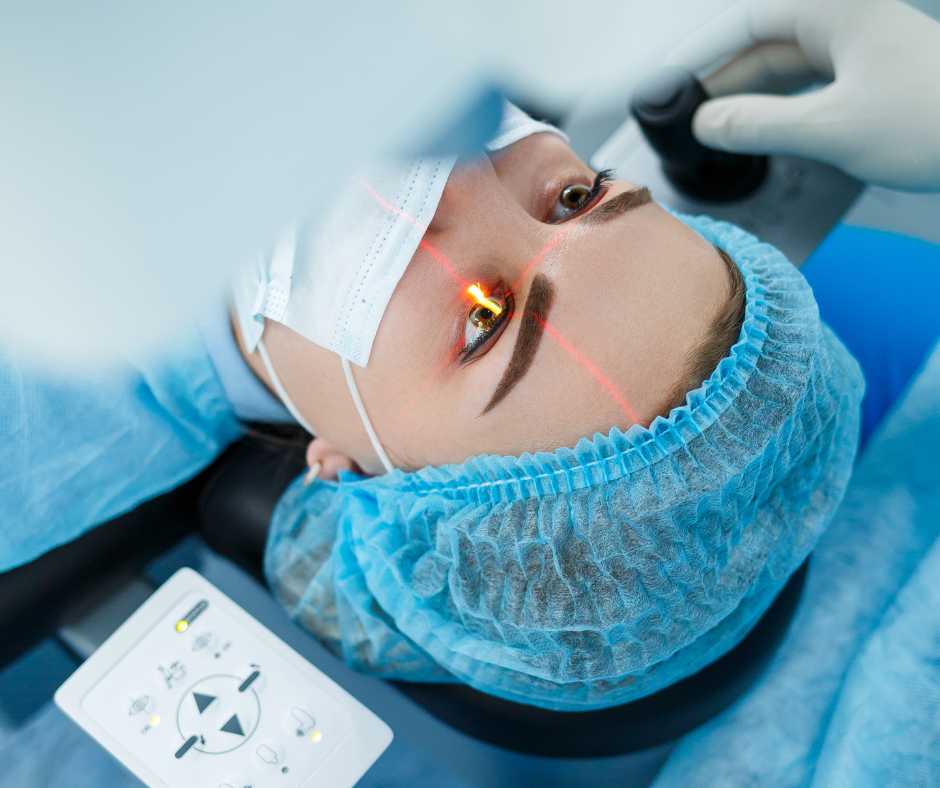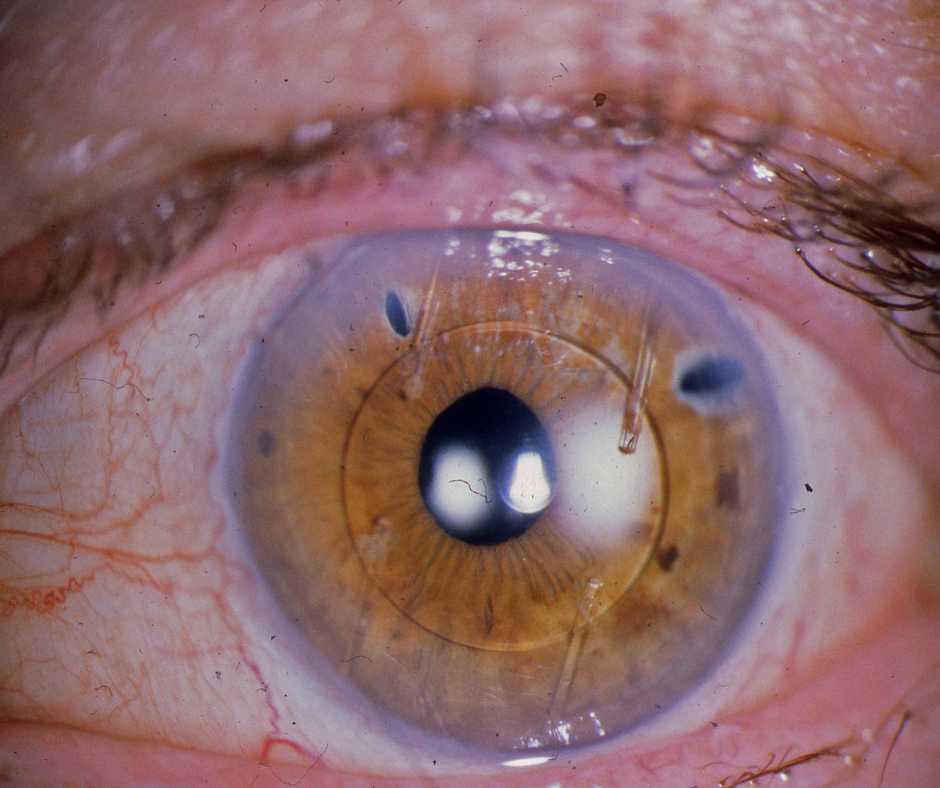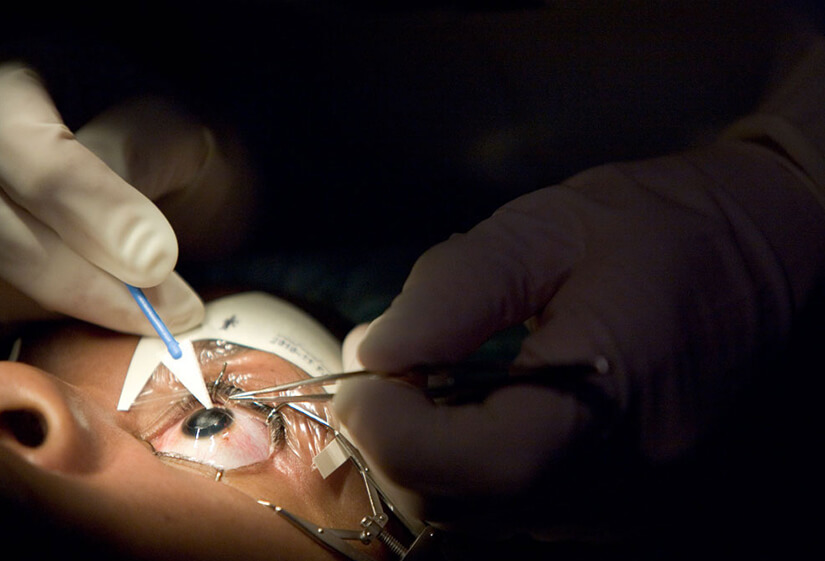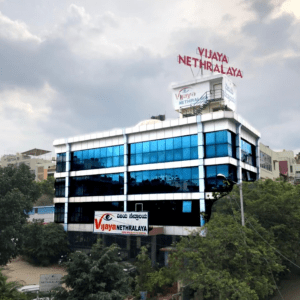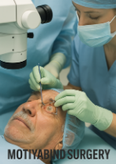Introductions:
LASIK eye surgery is one of the most sought-after procedures for those looking to correct vision problems such as nearsightedness, farsightedness, and astigmatism. But is LASIK right for you? The answer depends on a variety of factors that influence your eligibility for this life-changing surgery. This guide will walk you through the requirements, who makes a good candidate for LASIK, and what to expect throughout the process.
What is LASIK Eye Surgery?
LASIK, which stands for “Laser-Assisted in Situ Keratomileusis,” is a popular surgical procedure designed to improve vision by reshaping the cornea, the clear front part of the eye. The procedure uses a laser to correct refractive errors in the eye, such as nearsightedness (myopia), farsightedness (hyperopia), and astigmatism. For many, LASIK offers the possibility of achieving clear vision without the need for glasses or contact lenses.
How LASIK Works to Correct Vision
During LASIK surgery, the surgeon creates a thin flap in the cornea, lifts it, and uses an excimer laser to reshape the underlying tissue. This reshaping helps the eye focus light correctly onto the retina, leading to clearer vision. After the reshaping is done, the flap is repositioned, and it naturally adheres without the need for stitches.
Why LASIK is a Popular Choice for Vision Correction?
Advantages of LASIK Surgery
The primary reason for LASIK’s popularity is its ability to significantly improve vision, often resulting in 20/25 vision or better. LASIK is a quick procedure, usually completed in less than 30 minutes, and the recovery time is relatively short, with many patients returning to normal activities within a day or two. Additionally, LASIK has a high success rate, and it can reduce or even eliminate the need for glasses or contact lenses in most cases.
Potential Risks and Side Effects
While LASIK is generally safe, it does carry some risks. These can include dry eyes, glare, halos, or difficulty seeing at night. In rare cases, patients may experience undercorrection or overcorrection, which may require further treatment. That’s why a thorough evaluation before surgery is crucial to minimize risks.
LASIK Eye Surgery Eligibility Criteria
Age Requirements for LASIK
One of the first factors to consider when determining LASIK eligibility is age. LASIK is typically recommended for individuals over the age of 18, as the eyes are still developing before this age. However, the ideal candidate is usually in their 20s or 30s, with a stable prescription for at least a year.
Prescription Stability for LASIK
For LASIK to be successful, your prescription must be stable for at least a year before undergoing surgery. If your prescription continues to change, LASIK may not be effective in the long run. This is why regular eye exams and discussions with your eye doctor are essential in the decision-making process.
Health Conditions and LASIK Candidacy
Certain health conditions can affect your eligibility for LASIK. Conditions such as autoimmune diseases, uncontrolled diabetes, or severe dry eye may disqualify you from being a candidate. In addition, individuals with thin corneas may need to consider alternative procedures, as LASIK requires a certain thickness of the cornea to ensure its safety.
How to Determine if You’re a Good Candidate for LASIK?
Eye Health and LASIK Eligibility
The overall health of your eyes is a significant factor in LASIK eligibility. Conditions such as cataracts, glaucoma, or retinal diseases may prevent LASIK from being a viable option. Your ophthalmologist will conduct a thorough eye exam to evaluate the health of your eyes and determine if LASIK is suitable for you.
Evaluating Your Lifestyle for LASIK Suitability
Lifestyle also plays a role in LASIK candidacy. If you participate in activities that expose your eyes to trauma (e.g., contact sports), LASIK may not be ideal for you. However, for individuals with relatively low-risk lifestyles, LASIK can provide significant benefits by eliminating the need for corrective lenses.
LASIK and Pre-existing Eye Conditions
Astigmatism and LASIK
Astigmatism, a condition where the cornea is irregularly shaped, is one of the most common conditions treated with LASIK. LASIK can effectively correct astigmatism by reshaping the cornea, allowing for more even light refraction and clearer vision.
Myopia and Hyperopia in LASIK Candidates
Both nearsightedness (myopia) and farsightedness (hyperopia) are treatable with LASIK. LASIK works by adjusting the curvature of the cornea to ensure light focuses correctly on the retina, helping those with myopia and hyperopia achieve clearer vision without glasses or contacts.
What to Expect During the LASIK Consultation?
Comprehensive Eye Exam
The first step in your LASIK journey is a consultation with an experienced surgeon. During the consultation, you’ll undergo a comprehensive eye exam to measure your vision, corneal thickness, and overall eye health. The surgeon will discuss your medical history and any lifestyle factors that may affect your candidacy for the surgery.
Vision Tests and LASIK Suitability
During the consultation, various vision tests will be conducted to assess your suitability for LASIK. These tests may include refraction tests, corneal mapping, and dilation of the pupils. Based on the results, your surgeon will determine whether LASIK is right for you or if alternative treatments are more appropriate.
LASIK Surgery Alternatives for Ineligible Candidates
PRK (Photorefractive Keratectomy)
If you’re not a suitable candidate for LASIK due to thin corneas or other concerns, PRK may be a viable alternative. PRK involves removing the outer layer of the cornea and reshaping the underlying tissue. It offers similar results to LASIK but may require a longer recovery time.
Implantable Lenses
Another option for those ineligible for LASIK is the use of implantable lenses. This procedure involves inserting a lens into the eye to correct refractive errors. Unlike LASIK, implantable lenses don’t require the cornea to be reshaped.
Post-LASIK Recovery: What You Need to Know
Immediate Aftercare
After the procedure, you will need to rest and allow your eyes to heal. You may experience mild discomfort, dryness, or blurred vision for a few days. It’s crucial to follow your surgeon’s instructions for aftercare, which may include using eye drops or wearing protective eyewear.
Long-term Results and Follow-up Appointments
LASIK patients typically notice significant improvements in their vision within a few days. However, follow-up appointments are essential to monitor healing and ensure optimal results. While LASIK is effective for most people, some individuals may require enhancement surgery after a few years.
Common Myths About LASIK Surgery
Debunking Misconceptions About LASIK
There are many myths about LASIK, from concerns about pain to fears of blindness. In reality, LASIK is a relatively painless procedure, and the risks of severe complications are minimal. Most patients experience improved vision without serious side effects.
The Truth About LASIK Safety
LASIK is one of the safest surgical procedures, with millions of successful surgeries performed worldwide. The procedure has a high success rate, and the risks associated with it are rare and typically minor.
Conclusion: Is LASIK Right for You?
If you’re considering LASIK, it’s essential to consult with an experienced eye surgeon to determine if you’re a good candidate for the procedure. With a high success rate and the potential to significantly improve your quality of life, LASIK offers a great option for those seeking to correct their vision. However, it’s important to weigh the risks and benefits carefully and explore all available alternatives before making a decision.
Author Details:
Dr. Sushruth Appajigowda holds a prominent position as a Cornea, Cataract, Glaucoma, and LASIK Surgeon in Bangalore. He serves as the chief Cataract and Refractive surgeon at Vijaya Nethralaya Eye Hospital, Nagarbhavi Bangalore. Renowned as one of the finest LASIK surgeons nationwide, he brings with him over 12+ years of experience across multiple LASIK platforms, including ZEISS, ALCON, SCHWIND, AMO, and Bausch and Lomb. Having successfully conducted over 5000 LASIK procedures, Dr. Sushruth holds the title of a Certified Refractive Surgeon and a Fellow of the All India Collegium Of Ophthalmology. Furthermore, he stands as a distinguished speaker at various National and International Forums, using his expertise to guide you in selecting the most suitable procedure based on your health requirements.
Dr sushruth Appaji gowda
http://vijayanethralaya.com/link-in-bio/
Frequently Asked Questions (FAQs):
1. How long does LASIK surgery take?
LASIK surgery typically takes less than 30 minutes per eye. Most patients are in and out of the surgical center in about an hour.
2. Is LASIK painful?
No, LASIK is not painful. Most patients experience minimal discomfort during the procedure, and any discomfort afterward is typically mild.
3. Can I drive immediately after LASIK surgery?
No, you should not drive immediately after LASIK surgery. It’s recommended to arrange for a ride home and rest for the first day.
4. How long does it take to recover from LASIK?
Recovery is quick for most people. Many patients notice improved vision within 24 to 48 hours and can return to normal activities after a few days.
5. Are there any long-term side effects of LASIK?
In rare cases, patients may experience dry eyes, glare, or halos, but these side effects are usually temporary and improve over time.
